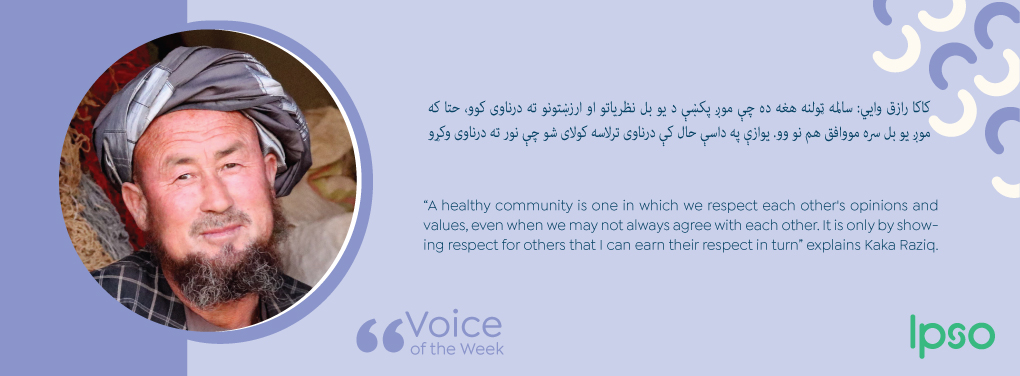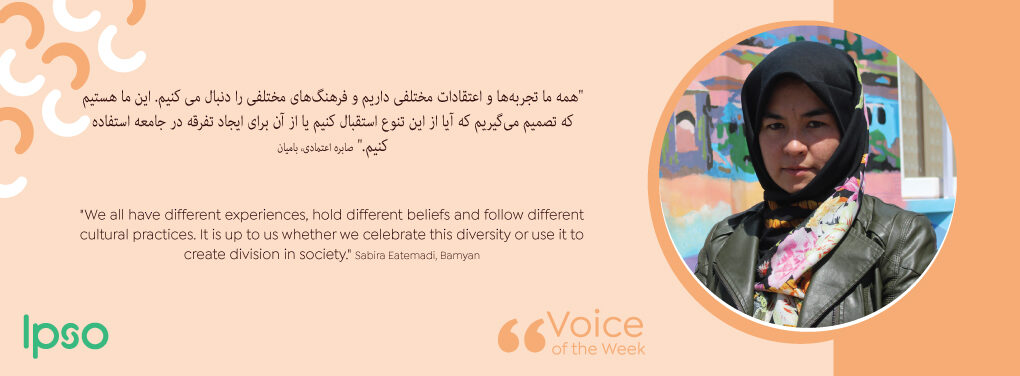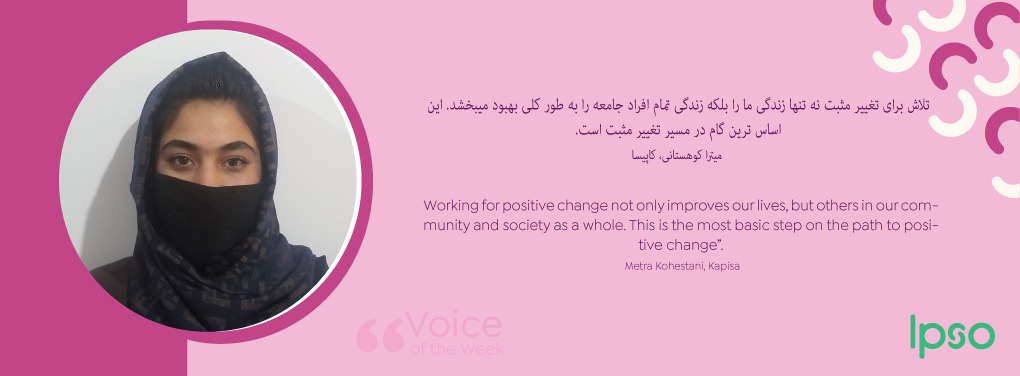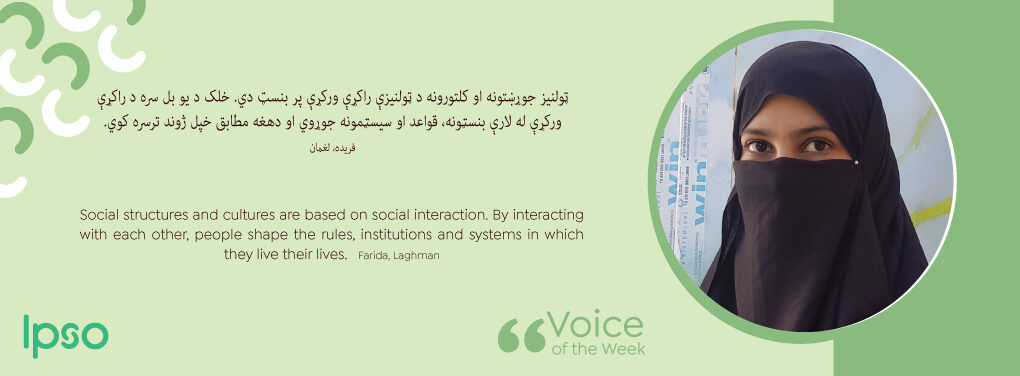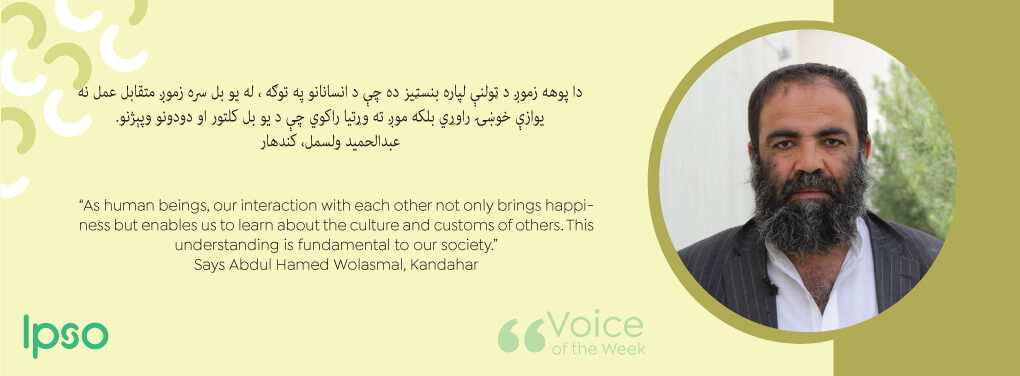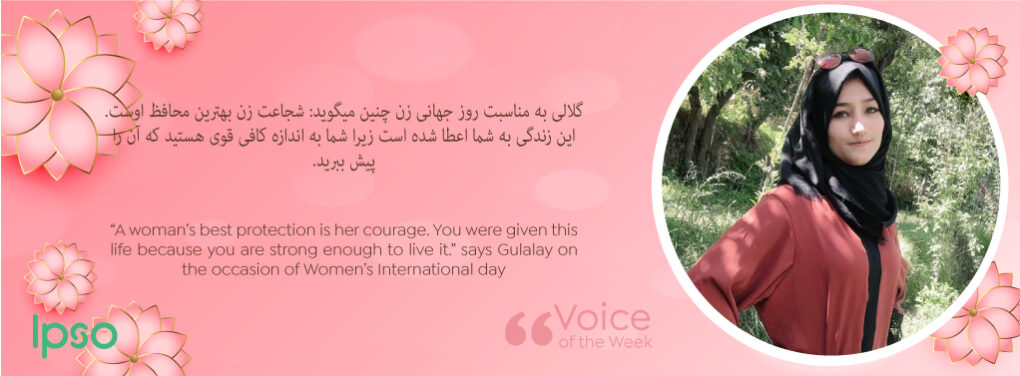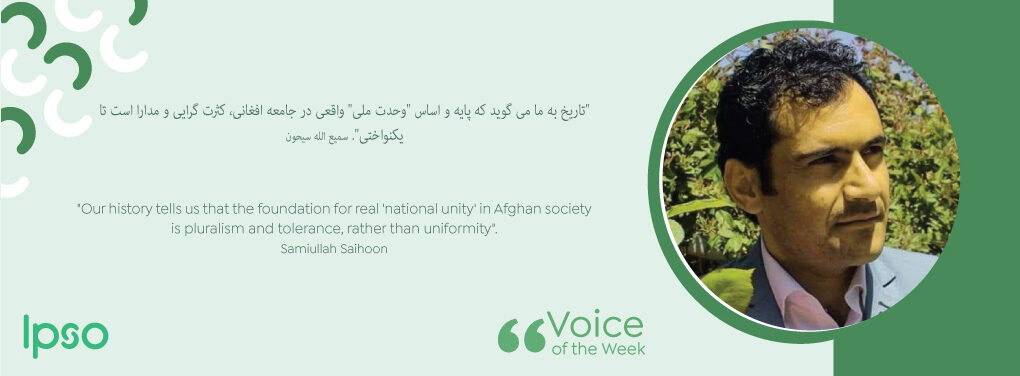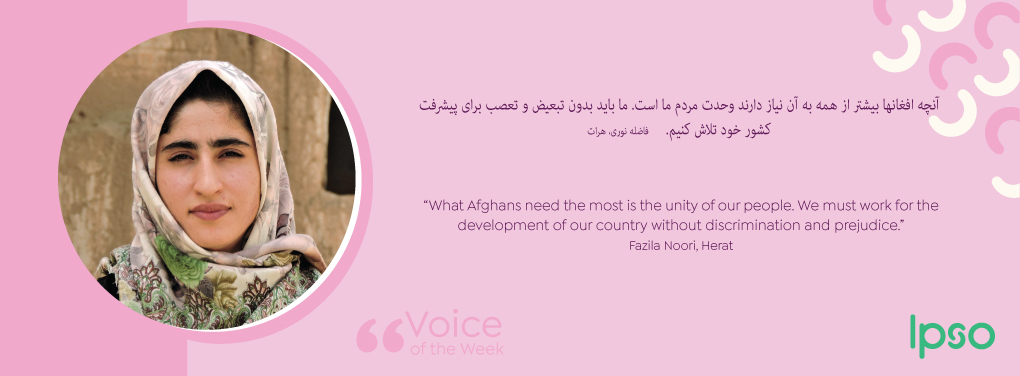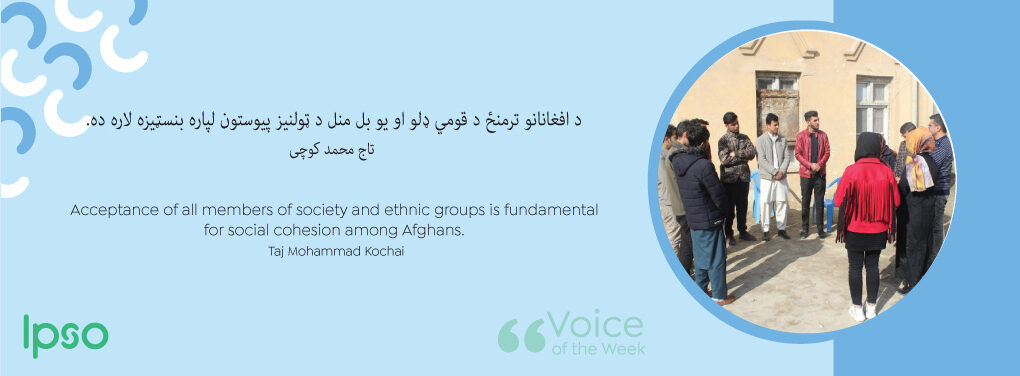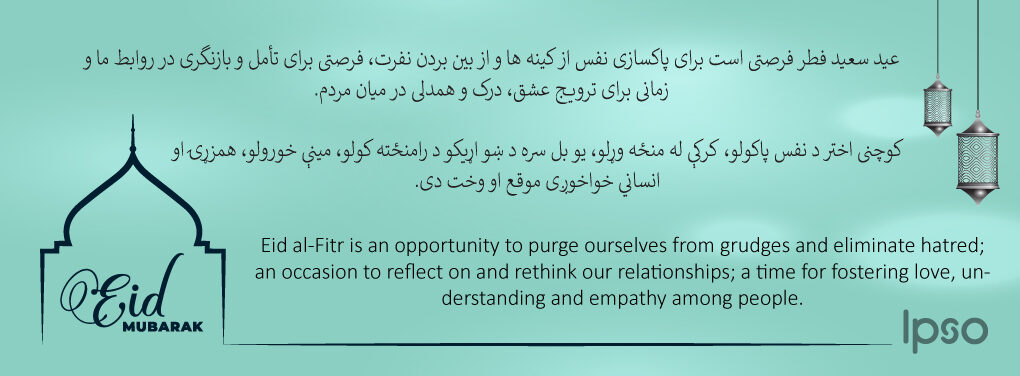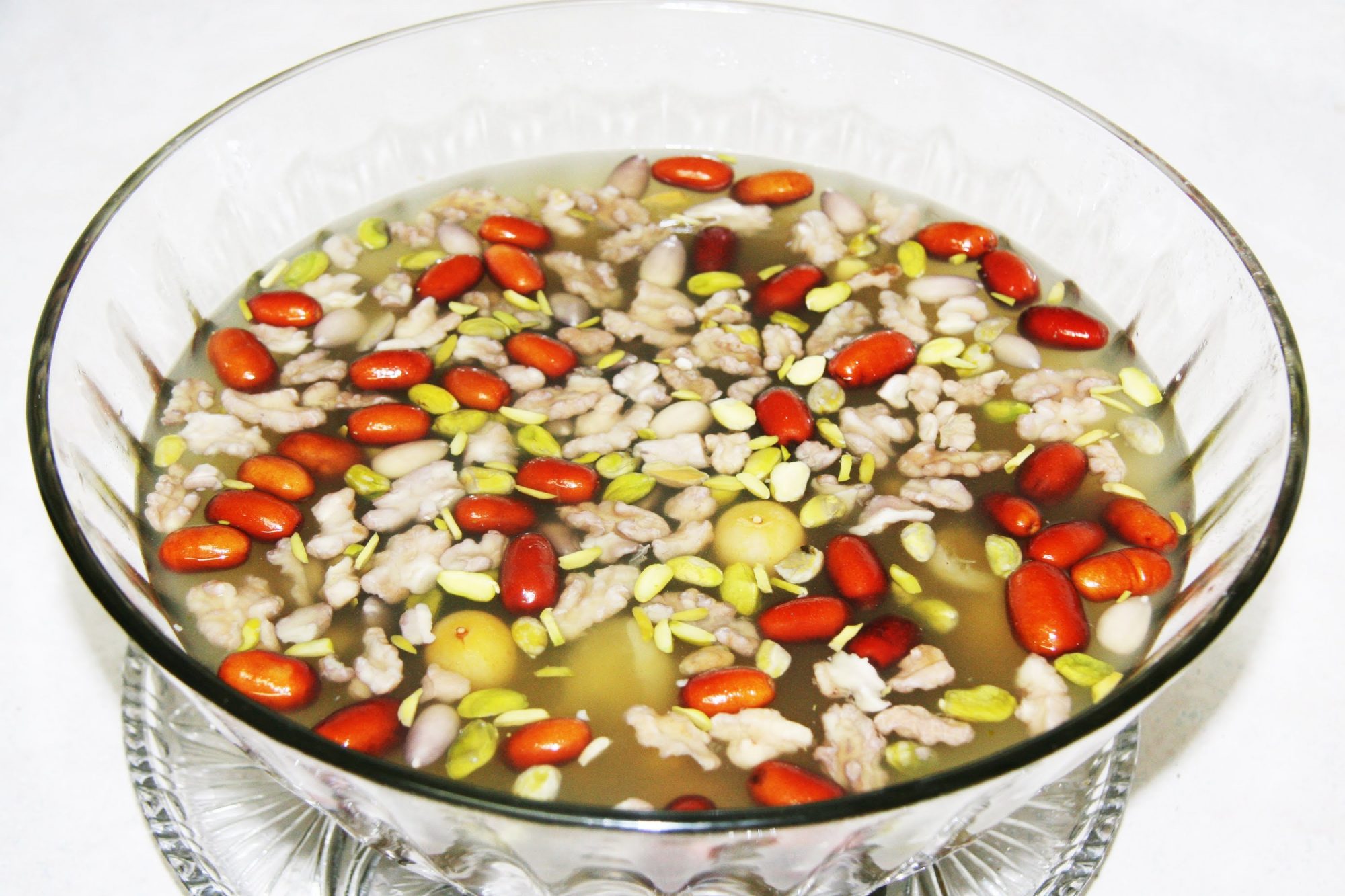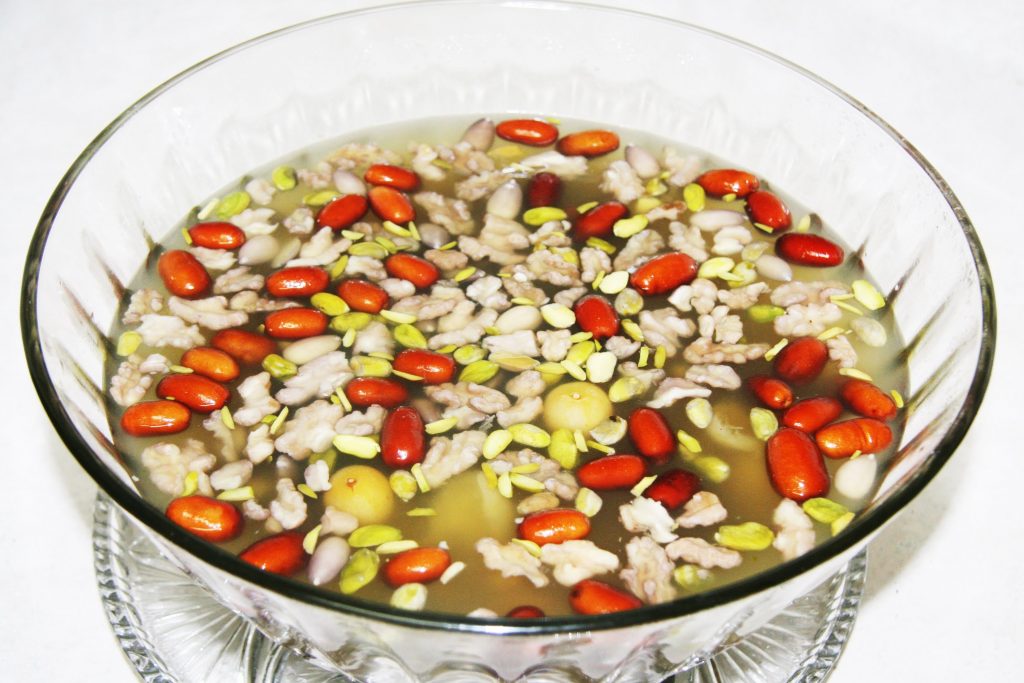Every year in Nawruz , people celebrate the new Solar year in Afghanistan, Iran, in the Caucasus region, in Balkan and Central Asian countries. Recently it is going worldwide and March 21 is now announced as the International Day of Nawru by the United Nations General Assembly in March 2009. But Nawruz also coincides with the beginning of the spring season in the Northern Hemisphere. As the weather gets warmer people also see it as a “Revitalization of Nature” which the earth going green and the weather getting warmer. Farmers celebrate Nawruz as it is the beginning of harvesting season in most part of Afghanistan. Although the actual customs may differ from province to province and country to country there is some special but common customs when people celebrate Nawruz. Family and friends gather around the “Haft-Seen” (Seven Symbolic Items) table and start their New Year with driking Haft-Mewa (Seven Symbolic Fruits). Some historians trace this custom back to ancient Babylon, while some others refer to the event of Jamshid. Jamshid was the fourth king of Pishdadian Dynasty in ancient Persia mythology. The seven (7) has been and is a sacred number dating back to the ancient Sumer (4500-2004 BCE). It stands for seven wishes every person can have for the New Year.
There are different meanings to the “Haft Seen”Every “Seen”
- Sabzeh– wheat or bean growing in a dish – symbolizing rebirth
- Samanak – sweet pudding made from wheat germ – symbolizing power
- Senjed – dried wild olive – symbolizing love
- Seer – garlic – symbolizing the health
- Seeb – apple – symbolizing beauty
- Somāq – sumac fruit – symbolizing the rains
- Serkeh – vinegar – symbolizing patience and wisdom
However some additional items sometimes also appear on the Haft-seen Table: For instance a mirror symbolizing the creation, a book symbolizing knowledge and wisdom or a holy book like Quran or Avesta symbolizing human recourse to God.
Haft-Mewa or (Seven Symbolic Fruits): Haft-Mewa is more prevailed in Afghanistan and consists of seven different nuts or dried fruits. One or two days before Nawruz these fruits are placed into a dish of water mixed with little sugar. In the starting moments of New Year it is taken to blesse the coming year. Traditionally the fruits were supposed to be picked from seven different trees, since in Afghanistan fresh fruits are not available in Nawruz, so people replaced it with dried fruits. All fruits together symbolize the blessing and good harvest in New Year.



